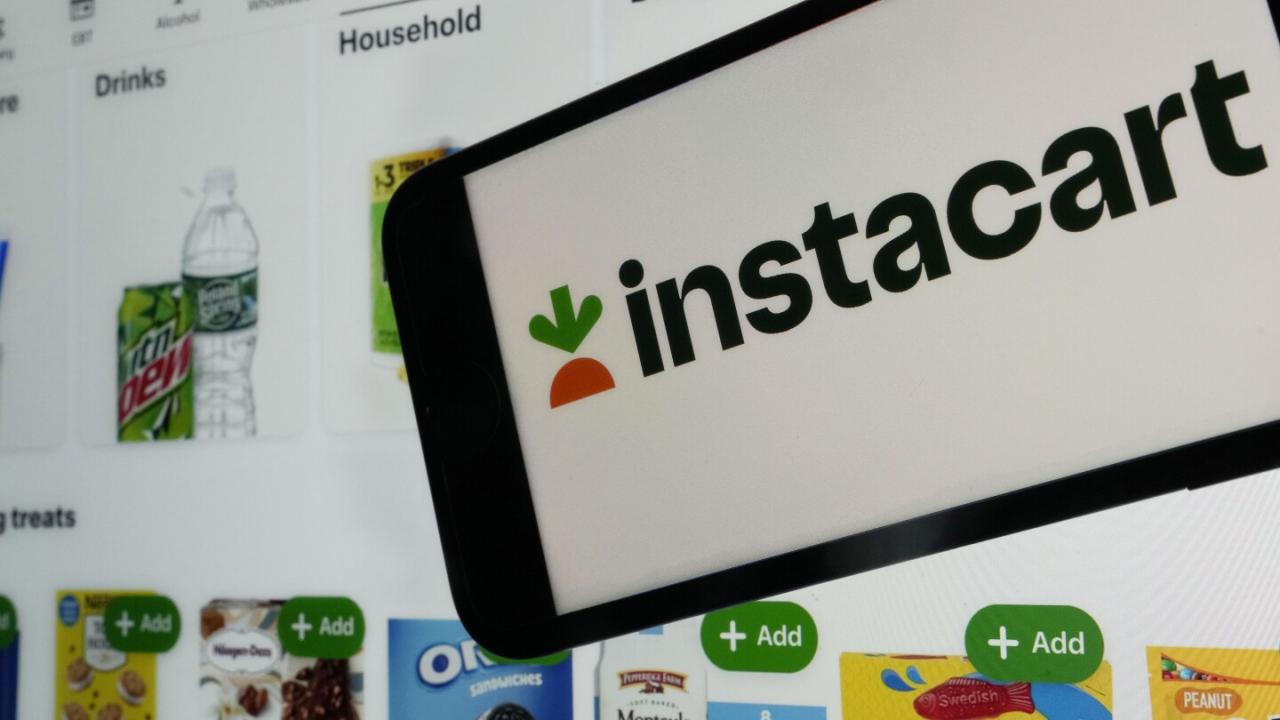Instacart is venturing into the realm of restaurant takeout through a newfound collaboration with Uber Eats.
Over the next few weeks, Instacart will roll out a fresh feature for restaurant delivery, with Uber handling the backend operations. Uber will supply the restaurant listings, manage the transactions through its software, and dispatch Uber Eats couriers to pick up and deliver the food. The entire process will unfold within Instacart’s app or website, seamlessly integrating restaurant takeout into its existing platform.
Neither company disclosed the financial terms of the partnership, leaving the specifics of Instacart’s payment to utilize Uber’s food delivery software undisclosed. According to Uber spokesperson Noah Edwardsen, customer prices will remain unchanged, and couriers will not experience reduced payouts.
Edwardsen explained, “Consumers will see the same restaurant menu prices on Instacart that they do on Uber Eats, and couriers will be paid the same way they would be for orders directly from Uber Eats.”
Uber’s aim is to boost orders for its restaurant partners on Uber Eats, while Instacart gains access to a plethora of new businesses for its delivery service without having to develop it from scratch. In their joint press release, Uber and Instacart expressed their commitment to developing technologies and solutions that benefit traditional brick-and-mortar establishments.
However, the move is intriguing considering both companies compete in the grocery delivery sector. Instacart currently dominates the digital grocery delivery market, commanding over 70 percent market share in 2023. Nevertheless, Walmart and Amazon remain the major players in overall grocery delivery.
The restaurant takeout industry is fraught with challenges, including issues related to underpaid delivery workers and the proliferation of “virtual” kitchens lacking physical storefronts. Additionally, app companies have clashed with state and city governments over efforts to raise delivery worker wages, resorting to legal action and even concealing tipping features on certain platforms.















































